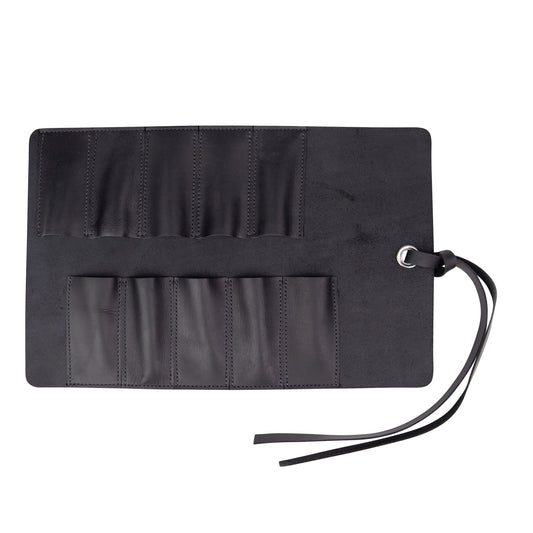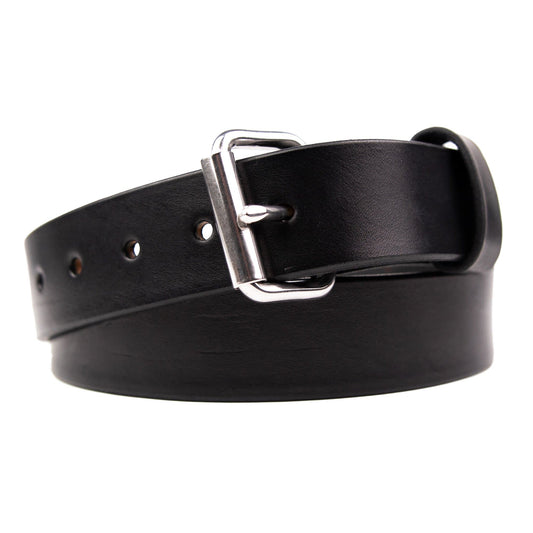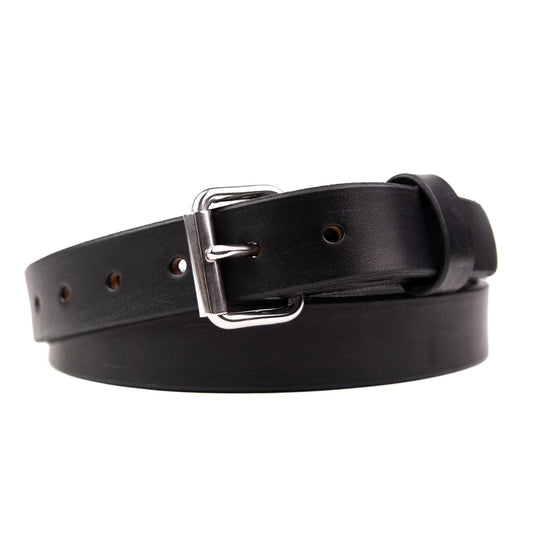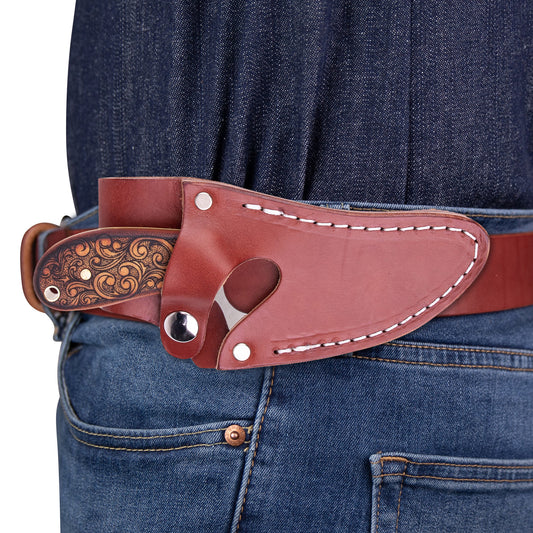When Americans picture motorcycle history, they often picture a long line of bikes for a motorcycle gang, or Peter Fonda's stars and stripers chopper from Easy Rider. The era before Easy Rider led to motorcycles becoming much more common, and like with many aspects of American history, the second World War offers insights into the how and why of mass manufacturing of these fun and sometimes serious bikes. Let's explore the 1930s to the 1950s.

Not a Great Era: the 1930s
The 1930s were not especially friendly to motorcycles, or much of anything besides the essentials. With the onset of the Great Depression, companies nor consumers had much money to attempt to buy motorcycles, or make technological advancements with them. Worse yet, there was a tax on bikes over 224 pounds, allowing British bikes to get the upper hand on the Harley Davidson and Indian motorcycles that had become popular in the last couple of decades.

As with many early eras of vehicles, the two biggest focuses of motorcycles in the 1930s were going fast and having a fairly cheap method of transportation. While several speed records were set with a variety of motorcycles, including Joe Petrali, reaching 136 miles per hour on a modified Harley-Davidson. One of the more notable parts of speed record came from a new engine design in the now very common overhead valve method – which in the case of the Harley-Davidson, became known as as the “Knucklehead” because the engine was shaped like a closed fist, complete with fingers as valves.

While many companies failed in their efforts to compete in the emerging market that offered reasonably priced transportation, well known companies like BMW had started engineering department as they recognized the value of the two wheeled machines.

The 1940s
There isn't much question that the beginning and end of World War II marks a new era for transportation in the United States. Soldiers went to war in Europe and Japana, where they had the opportunity to try motorcycles that weren't readily available at home. Their interests followed them home, and the economic and production boom that followed pushed motorcycles and regular automobiles into a new culture of its own. American factories also had easier time ramping up production of motorcycles than Japanese and German industries because the war never reached American soil.

The motorcycle club also started in the United States – which as you might picture, is most commonly known for a stream of motorcycles thumping along on pavement – and parking many two wheeled bikes in a big group. Motorcycle clubs were propelled forward by the presence of millions of cheap surplus military bikes that were promptly sold to desiring Gis. A motorcycle was also a part of the soldier's personality – they had seen and lived through war, and they craved the excitement both from battle and from having copious amounts of downtime while in the service. The two wheeled bike helped soldiers emulate the past few years, and was a social signal to other veterans that they had been through the same experience.
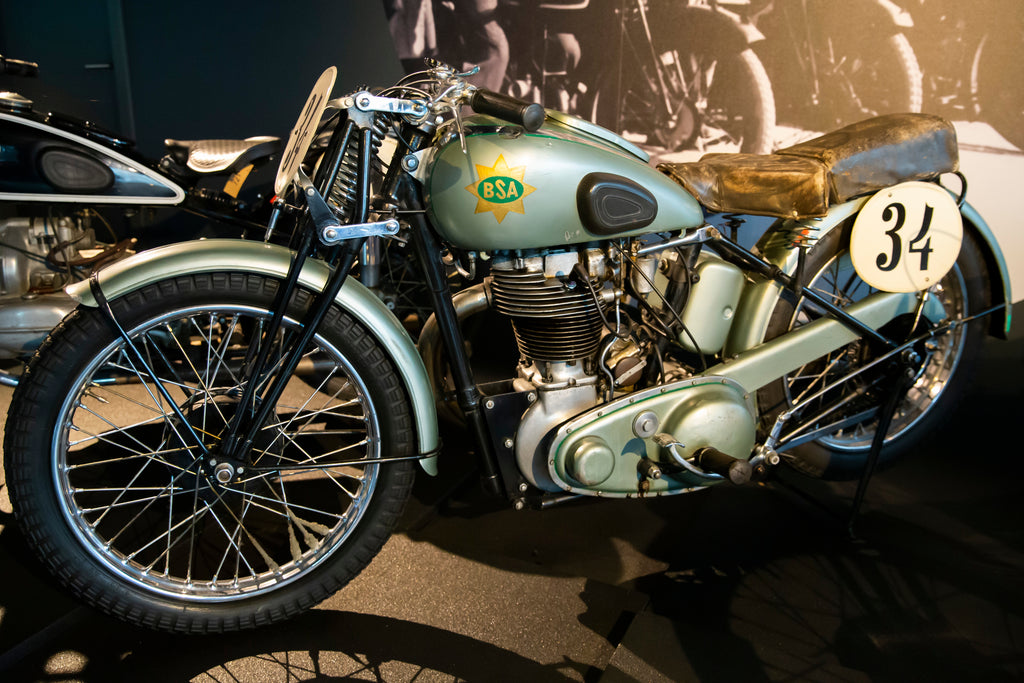
Motorcycle groups weren't without intrigue and potential, though likely overblown problems. American media grasped onto a store of a wild night in Hollister, California in which authorities consistently attempted to stop motorcycle gangs from racing, resulting in more than a few drunk motorcyclists getting thrown into jail. The media didn't help, saying the event was a violent riot. Without going into a tremendous amount of detail, the event began to change the perception of motorcycle gangs, and some were seen as non-violent fan groups, while others became what we know as outlaw motorcycle gangs of today.

Motorcycle riders also started modifying their bikes more often. With cheap tools available and bikes being easy to work on, they got to work in the garage or driveway and stripped their motorcycles of weight, added some flashy items, and made them more powerful.

The 1950s: A changing social tide
Starting in the late 1940s and 1950s, the motorcycle became a symbol of the counter culture. While there are many factors politically that led to counter culture, one of the defining pieces of entertainment was the movie The Wild One. The Wild One featured rival motorcycle gangs, and helped establish both the fashion of the motorcycle rider, but their attitude – or at least to some.

As overseas production increased, there was also plenty of competition for a motorcycle riders dollars. Honda and Yamaha had entered the scene, and British bikes became common in the States too. Triumph and Bonneville had competition, and Ducati came on board. The competition was intense, and future riders had lots of choices on where to start.

While a variety of technical innovations came about with new, more powerful engines, new speed records were being set. A Triumph Bonneville set a speed record at 193 miles per hour in 1955 – then broke the record significantly a year later with 214 miles per hour. The record wasn't touched again until 1962.


